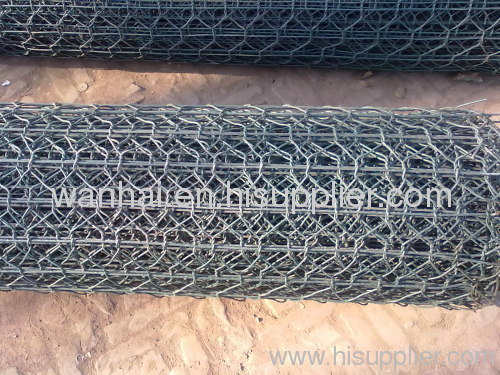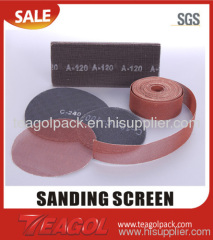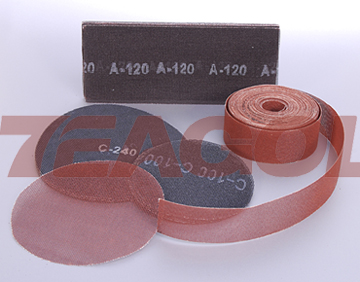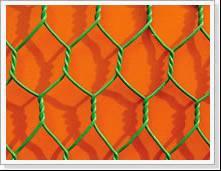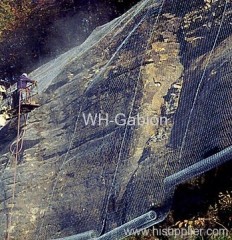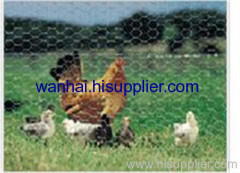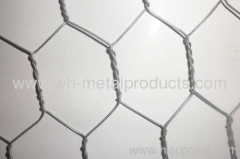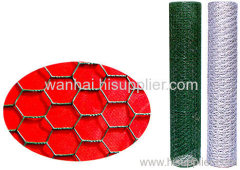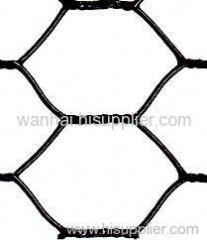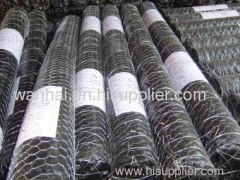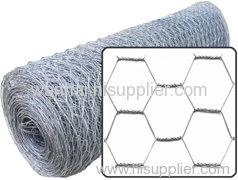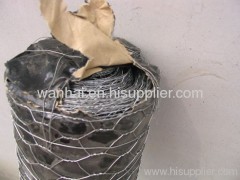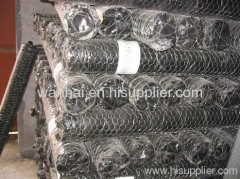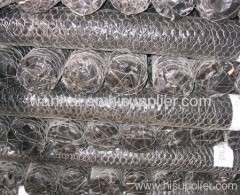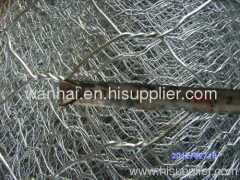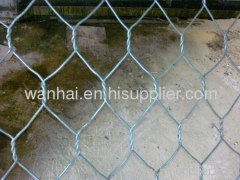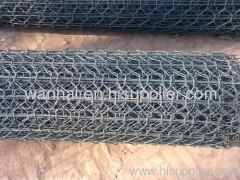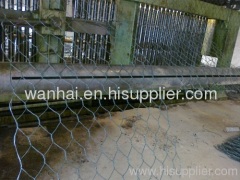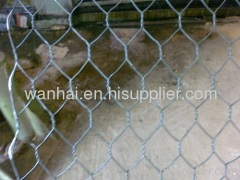
|
ANPING COUNTY WANHAI METAL PRODUCTS TRADING CO., LTD.
|
DOUBLE TWIST STEEL ROAD MESH
| Price: | 1.0~2.0 USD |
| Payment Terms: | T/T,L/C,WU |
| Place of Origin: | Hebei, China (Mainland) |
|
|
|
| Add to My Favorites | |
| HiSupplier Escrow |
Product Detail
Road Mesh is manufactured from double twisted steel wire mesh with transverse reinforcing rods evenly spaced throughout at approximately 16 cm centre.
Road Mesh was initially introduced to intercept the reflected cracks generated by
jointed concrete pavements. Wider use of the product and further research have found
the steel mesh being used more widely and for a greater number of solutions.
The steel mesh is best suited to be used for the following applications:
- Fatigue cracking and overlays: if a new pavement or if a new overlay is installed
over a fatigued/cracked pavement, cracks will propagate to the surface after a very short
traffic period. Road Mesh is introduced to extend the life of the overlay by absorbing
the horizontal tensile stresses resulting from the existing cracks and by traffic loads.
- Road widening: when roads need to be widened, differential settlement cracks
occur at the junction between the old and new pavement structures. Road Mesh is
introduced to bridge the junction to absorb the crack stresses caused by the differential
settlement: the effective interlock with the asphalt aggregate matrix ensures the
optimum contribution of the reinforcement; a minimum of 1 m either side of the joint is
required.
- Surface rutting: under repeated heavy vehicle traffic, the asphalt surfacing is
exposed to repeated shear forces which result in shear slip circles and ultimately leads
to shoving. Road Mesh is installed at the base of the overlay, for a layer thickness more
than 60 mm, thus intersecting the shear slip circle and ultimately reduces the surface
rutting.
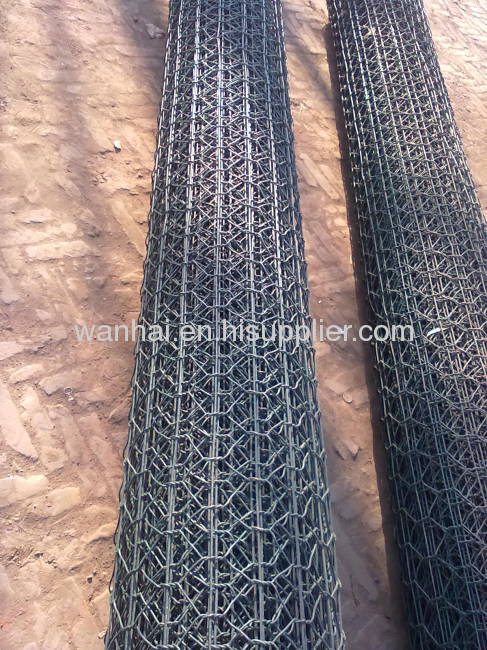
The double twist steel mesh was initially introduced to intercept the reflected cracks
generated by jointed concrete pavements. Wider use of the product and further research
have found the steel mesh being used more widely and for a greater number of
applications, as the steel mesh is able to absorb the stresses induced by a reflected crack
generated by a jointed crack; to intercept the shear plane to provide rut resistance and to
reduce the peak tensile stress and strain under load. Configuration of the current steel
wire mesh reinforcement consists of a double-twist, hexagonal mesh transversally
reinforced at regular intervals with steel wires inserted in the double twist.
Several research groups have been investigating the effectiveness of the reinforcement
both by laboratory tests and numerical modelling, with a variety of finite element
models adopted to characterize the reinforced.
jointed concrete pavements. Wider use of the product and further research have found
the steel mesh being used more widely and for a greater number of solutions.
The steel mesh is best suited to be used for the following applications:
- Fatigue cracking and overlays: if a new pavement or if a new overlay is installed
over a fatigued/cracked pavement, cracks will propagate to the surface after a very short
traffic period. Road Mesh is introduced to extend the life of the overlay by absorbing
the horizontal tensile stresses resulting from the existing cracks and by traffic loads.
- Road widening: when roads need to be widened, differential settlement cracks
occur at the junction between the old and new pavement structures. Road Mesh is
introduced to bridge the junction to absorb the crack stresses caused by the differential
settlement: the effective interlock with the asphalt aggregate matrix ensures the
optimum contribution of the reinforcement; a minimum of 1 m either side of the joint is
required.
- Surface rutting: under repeated heavy vehicle traffic, the asphalt surfacing is
exposed to repeated shear forces which result in shear slip circles and ultimately leads
to shoving. Road Mesh is installed at the base of the overlay, for a layer thickness more
than 60 mm, thus intersecting the shear slip circle and ultimately reduces the surface
rutting.

The double twist steel mesh was initially introduced to intercept the reflected cracks
generated by jointed concrete pavements. Wider use of the product and further research
have found the steel mesh being used more widely and for a greater number of
applications, as the steel mesh is able to absorb the stresses induced by a reflected crack
generated by a jointed crack; to intercept the shear plane to provide rut resistance and to
reduce the peak tensile stress and strain under load. Configuration of the current steel
wire mesh reinforcement consists of a double-twist, hexagonal mesh transversally
reinforced at regular intervals with steel wires inserted in the double twist.
Several research groups have been investigating the effectiveness of the reinforcement
both by laboratory tests and numerical modelling, with a variety of finite element
models adopted to characterize the reinforced.
Didn't find what you're looking for?
Post Buying Lead or contact
HiSupplier Customer Service Center
for help!
Related Search
Double Twist Wire
Double Twist Machine
Road Mesh
Road Mesh Fence
Road Wire Mesh Fence
Road Barrier Mesh
More>>

